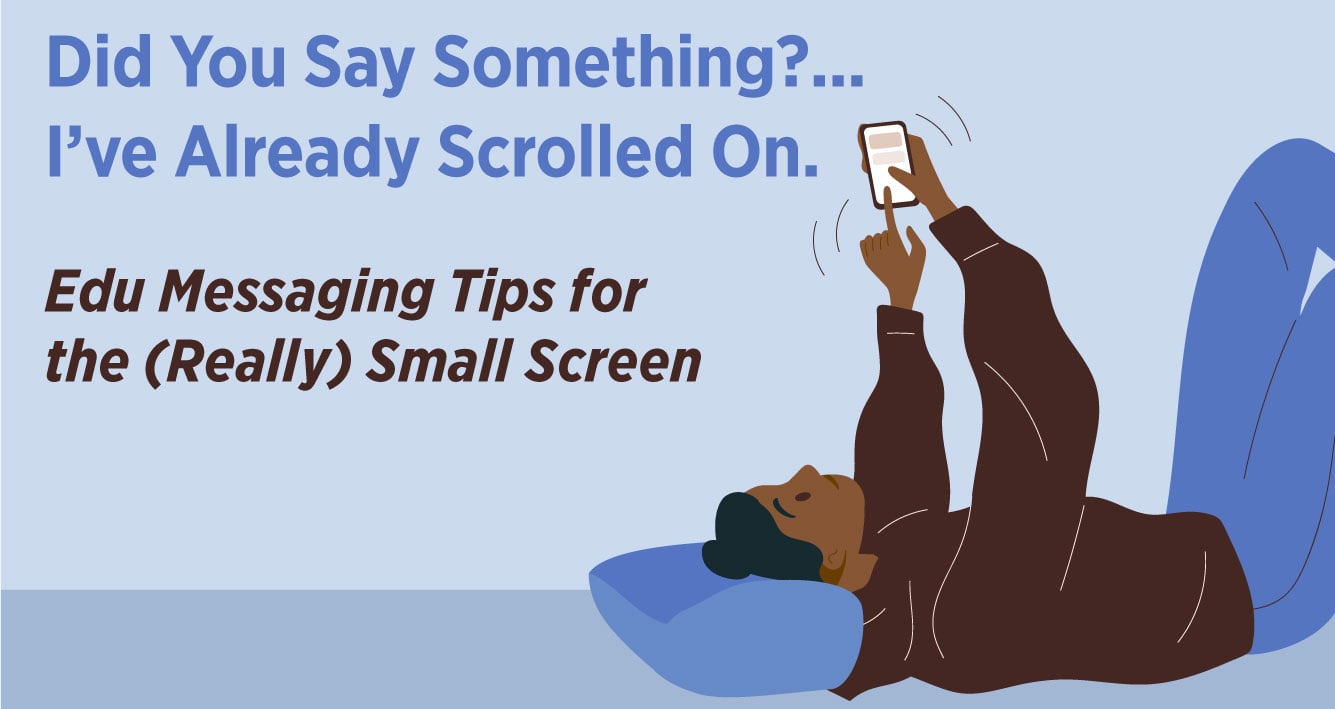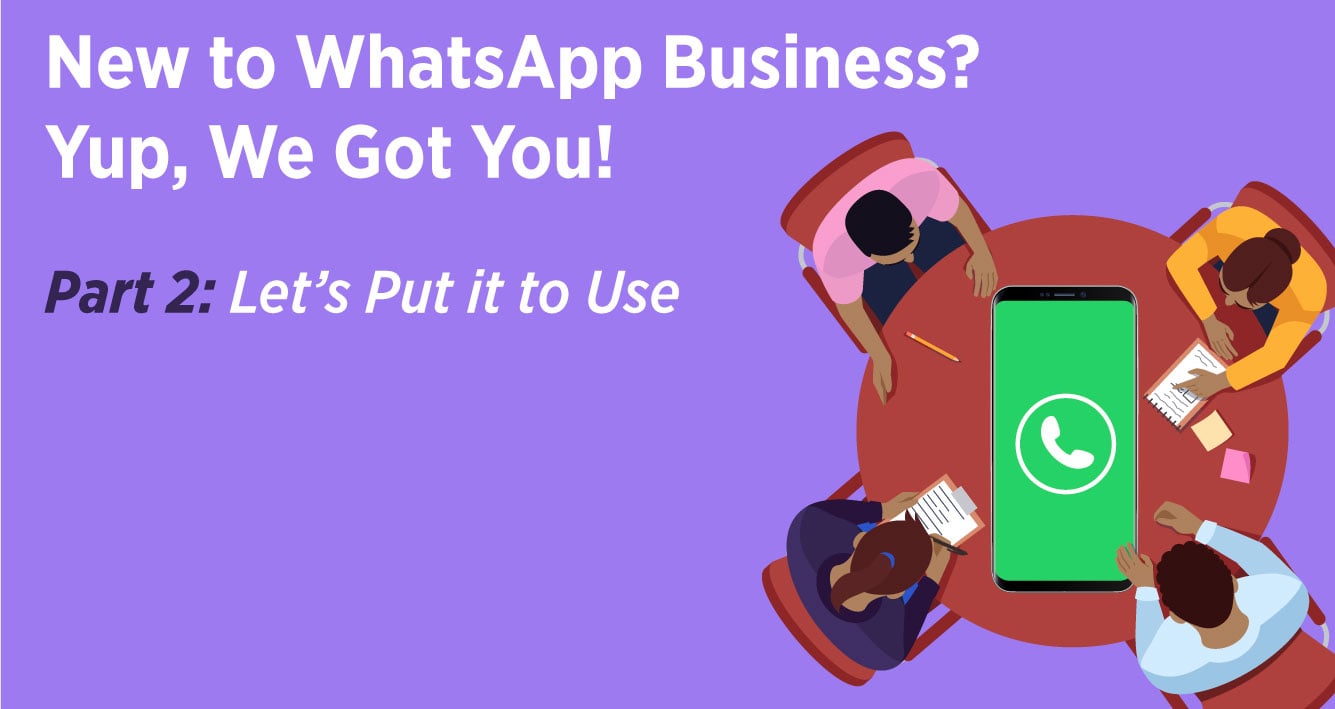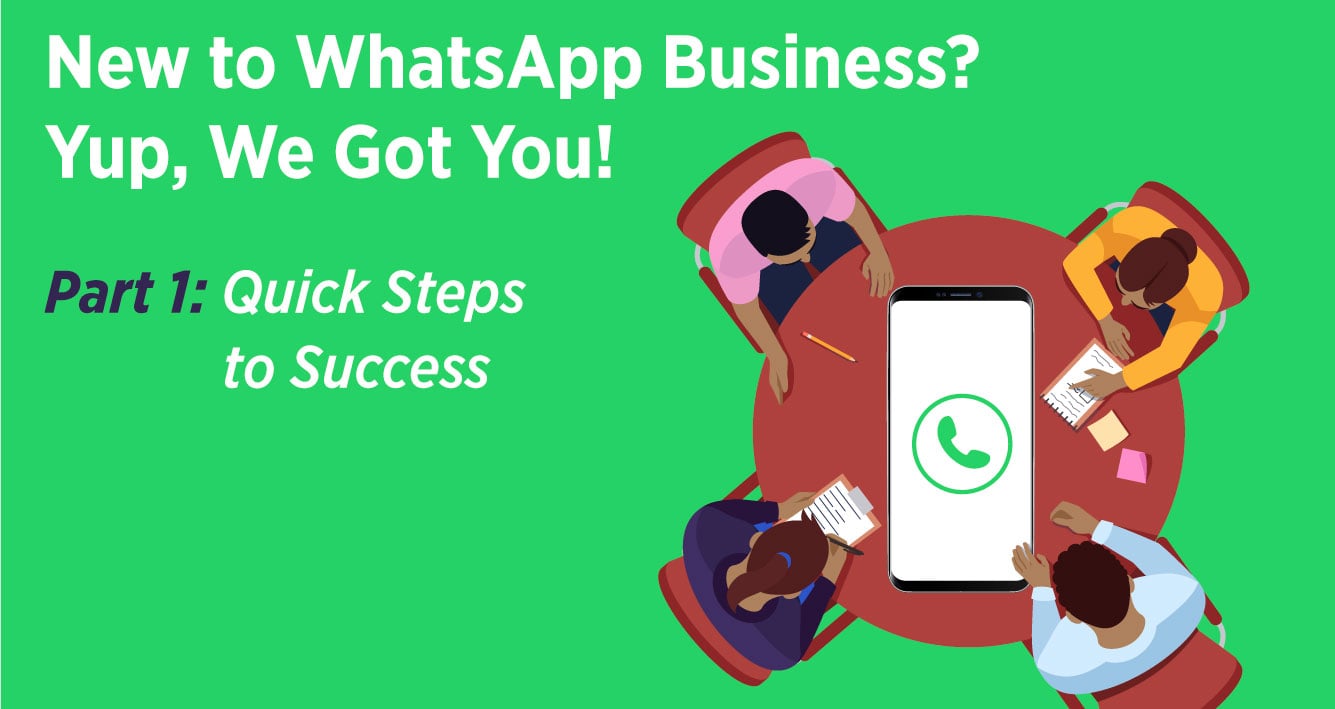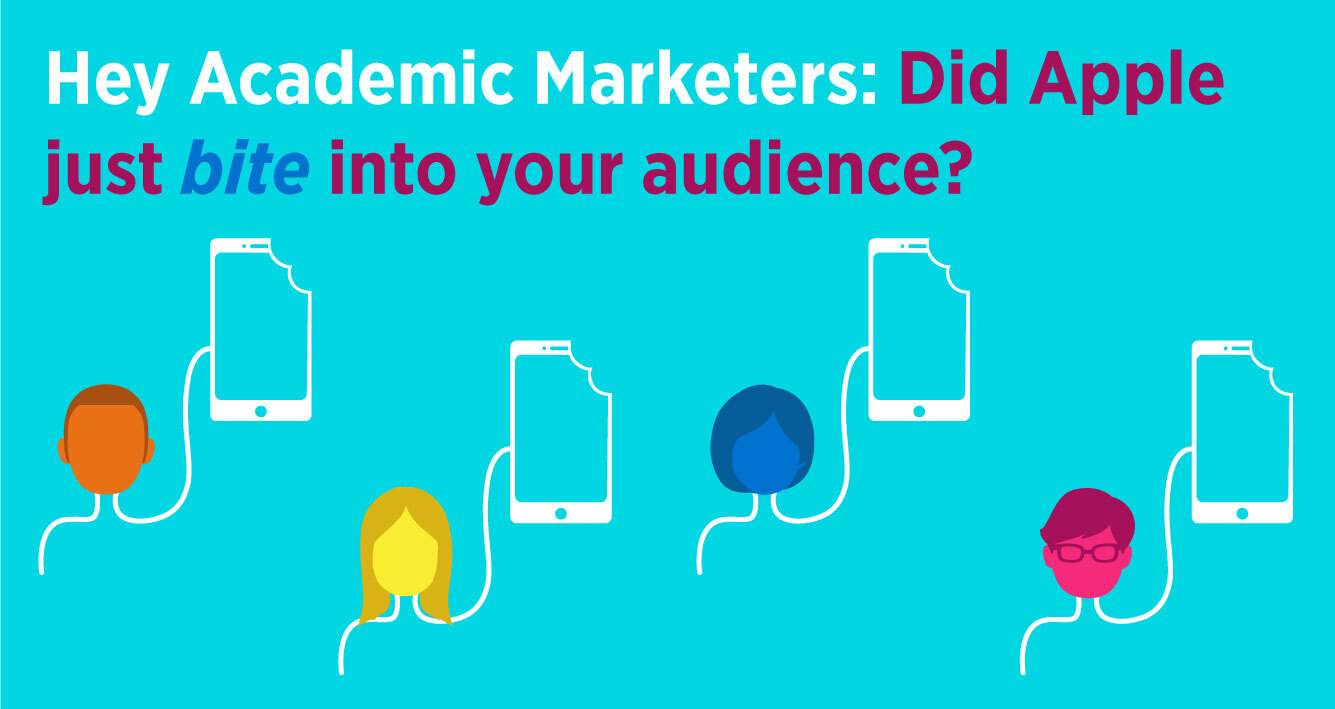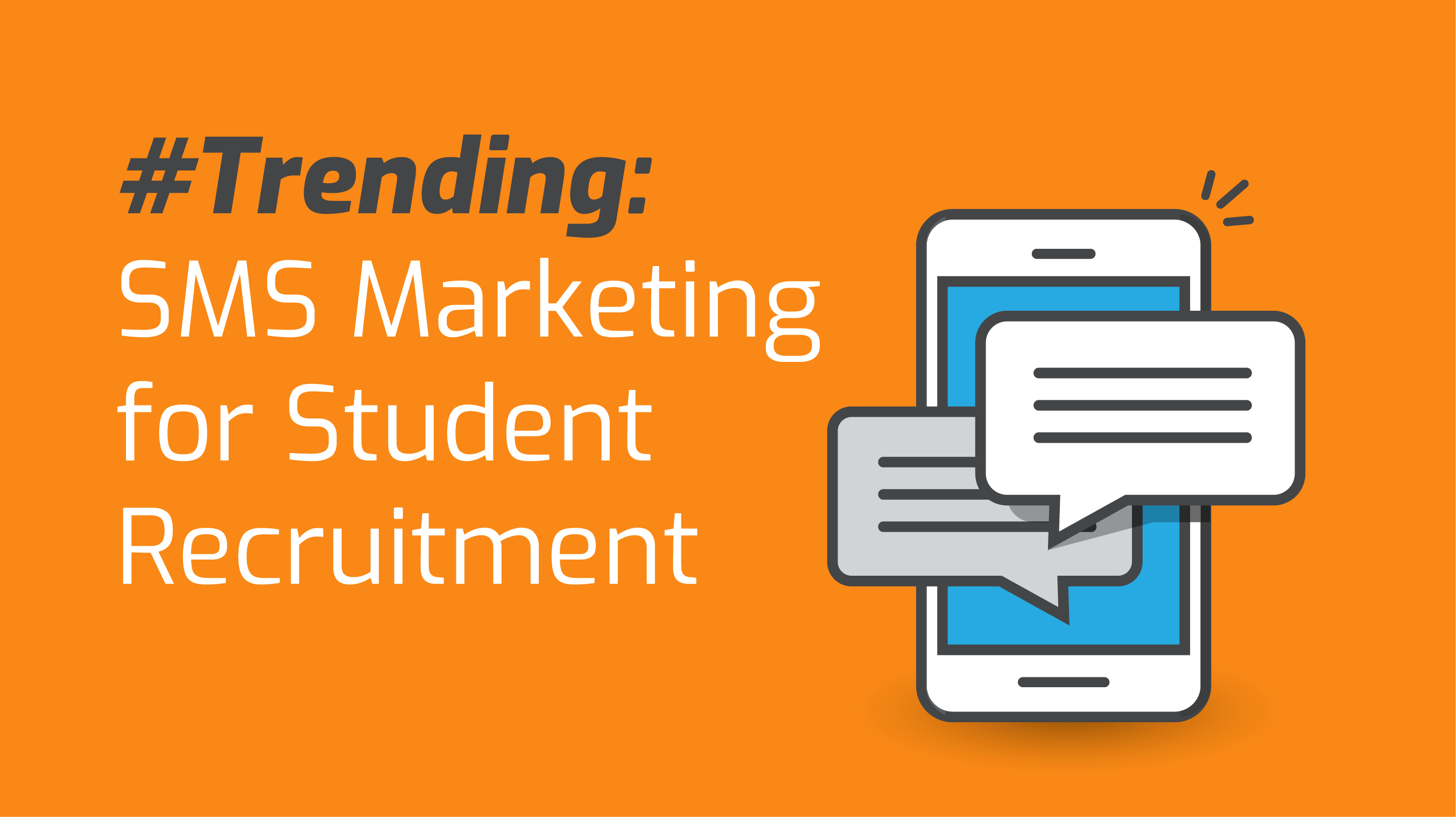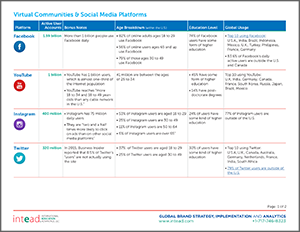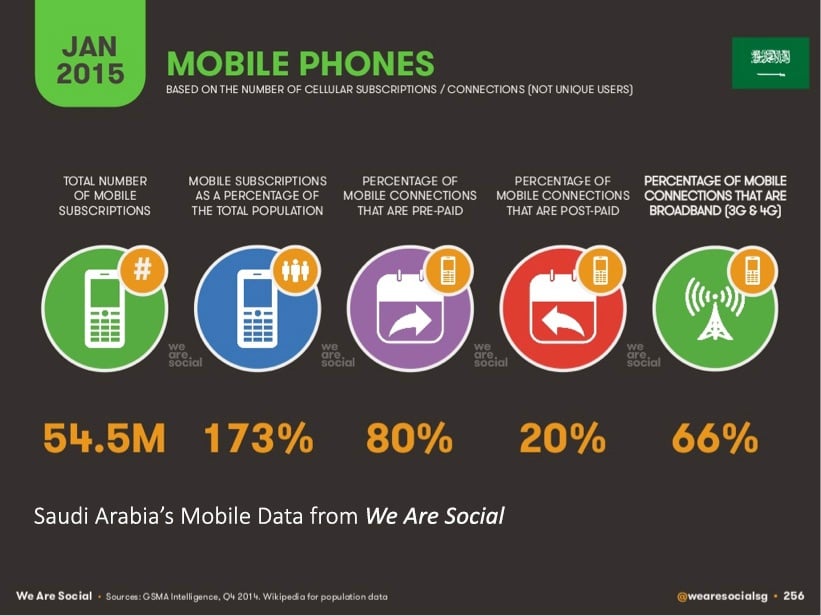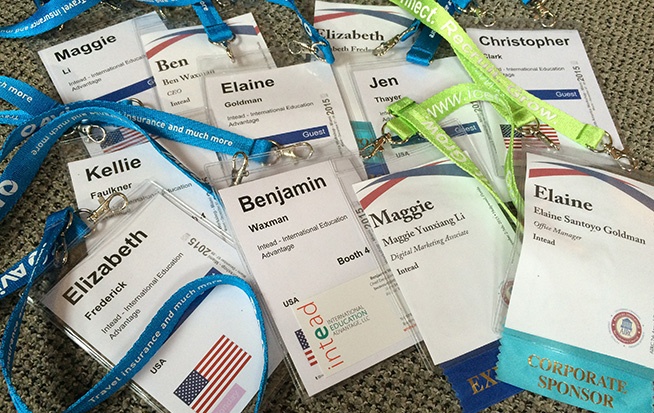We don’t know who needs to hear this, but email is still alive and well. Thriving, in fact. And while all things social media are the marketing darlings of the moment, email, like the quintessential, foundational website, is an indispensable tool for your student recruitment. Some of you don’t believe us, we know.
Consider this statistic: by the end of 2024, there will be nearly 4.5 billion email users worldwide—that's over half the planet's population. Chances are your target markets are among this crowd. What’s more, four out of 10 emails are opened through mobile apps (per Statista), putting your highly connected prospects just a notification away from your next message.
“Sure,” you say, “But you’ve provided no age breakdown with those stats.” Mmm-hmmm. We hear you.
The Intead team is gearing up for some amazing presentations and we hope you can join us.
- NAFSA 2024 Annual Conference and Expo in New Orleans, May 28-31, 2024
- GMAC 2024 Annual Conference in New Orleans, June 19-21, 2024
- 2024 EducationUSA Forum in Washington, DC, July 30 - August 01, 2024
Let us know if you’ll share a cup of coffee and a conversation about all things global and digital (info@intead.com)
Why should you place bets on email campaigns when prospective students are so enamored with hugely popular social media platforms and never (never?!?) check their email? For one, email has an unparalleled direct line to your audience. And, unlike other more entertainment-focused social platforms, messages delivered via email are not competing with a third-party algorithm – you send them, they receive them. Plus, emails tend to be easier for your audience to hang on to than say a TikTok post, giving these messages a longer shelf life.
Essential to this discussion: at what point in your recruitment comms do you use email? To be clear, use email as part of your lead nurturing strategy, NOT as an initial attraction effort. Capture their attention and inquiry using other channels (fairs, social media, counselor referral, etc.). Email is just one element of your effort to deepen the engagement.
Interestingly, 58% of Gen Z check their email multiple times a day, 23% check it at least once a day, 12% a couple times a week, and 5% once a week, per Campaign Monitor. So, the idea that email is a vintage, washed-up medium is truly a nonstarter. Email is mainstream and will be for the foreseeable future. Including it as part of your recruitment efforts just makes sense.
Yes, social media is a must-have recruitment tactic. Should anyone on your team need a refresher on the importance of taking an omnichannel approach to marketing, check out this post.
In the meantime, read on for actionable tips on how to improve your email marketing game to boost, and prove, your student recruitment metrics. It has SO much to do with your content choices...
Read More
.jpg)
